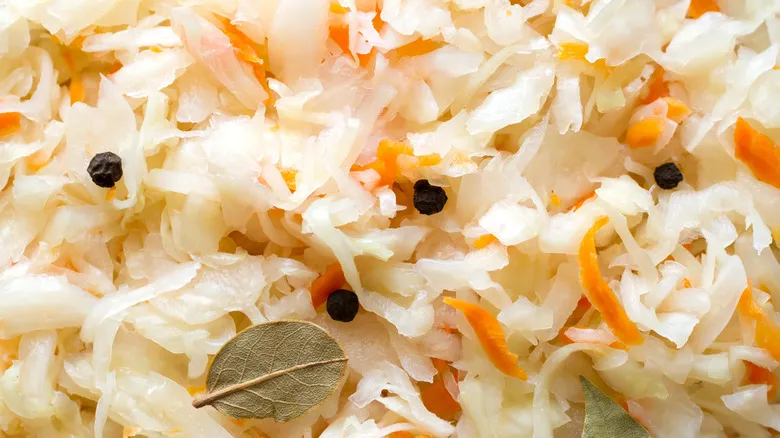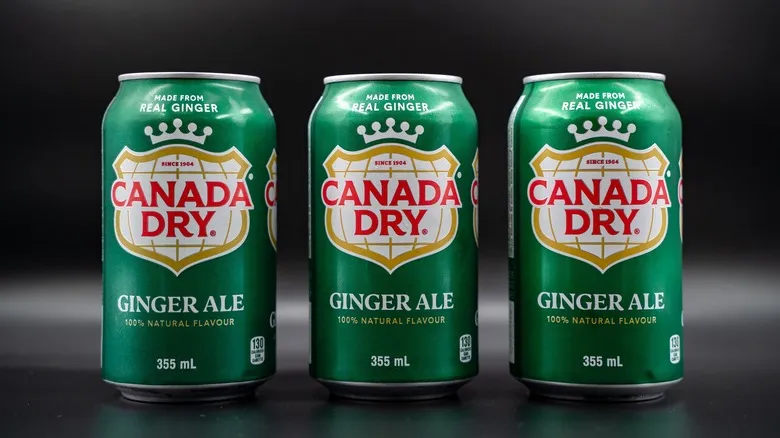Difference in price, texture, and taste

Shelf-stable sauerkraut is attractive because it usually comes with a lower price, often ranging from $2 to $4. The costs associated with transporting and storing refrigerated items are higher, making shelf-stable products more budget-friendly. In contrast, raw sauerkraut typically carries a higher price tag due to the increased energy and effort required to transport it while maintaining the proper temperature. Often, raw sauerkraut is produced locally or domestically, as it is more challenging to keep a fresh, raw product intact over long distances.
Now, let's discuss the crucial aspects: taste and texture. These are two of the most significant factors to consider when buying food products. Generally, both shelf-stable and raw sauerkraut share a similar flavor profile—briny and slightly salty. However, raw sauerkraut offers a fresher, more vibrant taste and retains much of the crunchiness associated with unfermented, raw cabbage. The canned version, on the other hand, tends to lose some of its freshness and crispness due to the heating process.
Health benefits of raw and canned sauerkraut

Sauerkraut and other fermented vegetables are celebrated for their health advantages, particularly as a natural source of probiotics. One significant advantage of refrigerated sauerkraut brands is that they usually contain probiotics, whereas shelf-stable varieties do not, as the heating process destroys these beneficial bacteria. The advantages of probiotics are extensive and continue to be studied; in general, they contribute to a healthy gut microbiome. A well-functioning gut can enhance your immune system, making it easier to fend off unwanted ailments.
While consuming a serving of sauerkraut won't instantly create a healthy gut microbiome, regularly incorporating fermented foods like this can support it over time. However, keep in mind that just because sauerkraut is refrigerated, it doesn't automatically mean it contains probiotics. A bit of research is necessary — the packaging should specify that it includes probiotics or "live active cultures."
In addition to probiotics, raw sauerkraut is richer in vitamin C, certain enzymes, and other essential vitamins and minerals compared to its shelf-stable version. The heating process also depletes these vital nutrients that the body needs to thrive. Therefore, if you're enjoying sauerkraut merely as a topping on a sandwich or with a German bratwurst, the shelf-stable option is acceptable. However, if you're seeking its health benefits, it's worth spending a little extra for the raw, unpasteurized variety.
Recommended

Why You Should Think Twice About Eating Morel Mushrooms

The Science Behind Why Mint Makes Our Mouths Feel Cold

The Science Behind Why You Love Dipping Fries Into Milkshakes

Is Ginger Ale Caffeine-Free?
Next up

